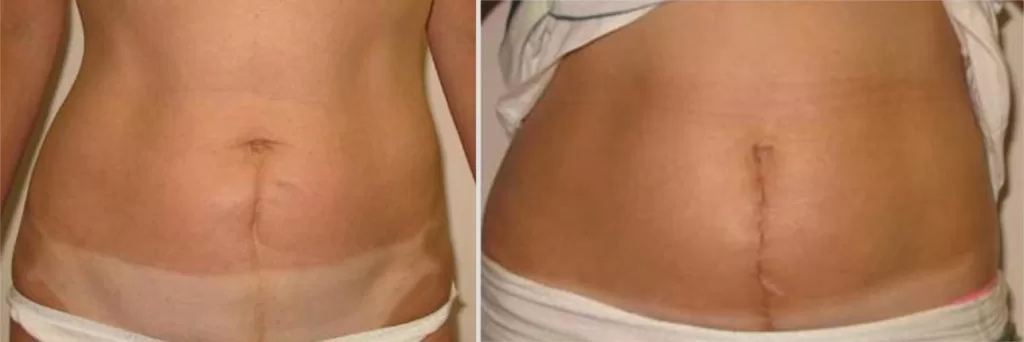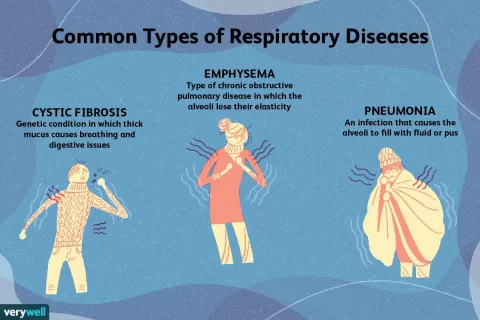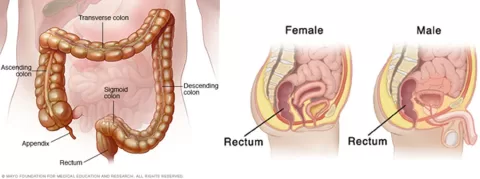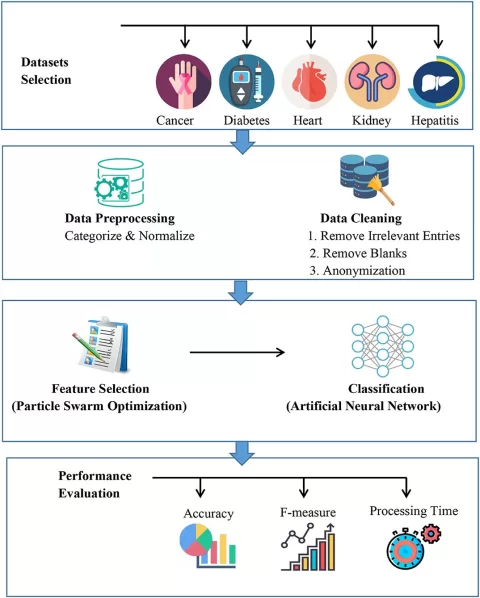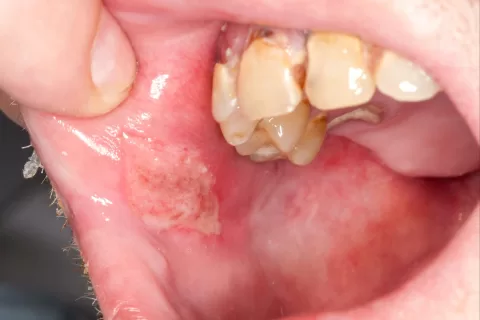The Caesarean section scar is an important topic for anyone who has undergone a C-section, as it signifies the culmination of a surgical procedure aimed at ensuring safe delivery in challenging circumstances. Proper understanding of this scar, including C-section care tips, healing methods, and various incision types, can greatly enhance postpartum recovery. Many women often deal with concerns about their scars and how to effectively manage them for improved aesthetic outcomes in the long term. Knowing what to expect during the healing process and how to care for a C-section incision can help in minimizing complications and ensuring a smoother recovery journey. In this article, we will delve into all essential aspects surrounding your Caesarean section scar, equipping you with the knowledge to facilitate healing and care.
After the birth of a child through surgical means, many mothers face the reality of surgical scars synonymous with the procedure, often referred to as C-section scars. As part of the healing journey, understanding the implications of these surgical incisions and their management is crucial for new mothers. Topics such as proper incision care, postoperative recovery, and effective scar management techniques play a pivotal role in achieving desirable outcomes. Women often wonder about the best practices for healing and what types of incisions may impact their recovery trajectory. This article aims to provide comprehensive insights into the landscape of surgical scars from Caesarean deliveries, ensuring that mothers are well-informed about their journey to recovery.
Types of C-Section Incisions and Their Impact on Healing
The type of incision made during a Caesarean section significantly impacts both the healing process and the appearance of the resulting scar. The two most common types of C-section incisions are the horizontal (bikini cut) and vertical incisions. The horizontal incision is favored because it typically offers a better cosmetic outcome and is associated with lower risks of complications. However, in certain medical emergencies, a vertical incision may be necessary, which could lead to different healing considerations and scar management needs.
Understanding the differences between these incision types is crucial during postpartum recovery. Women with horizontal scars often find that these heal well and become less noticeable over time. On the other hand, patients with vertical incisions may experience longer recovery periods due to the more extensive nature of the surgery. Hence, being informed about the implications of each incision type can help in preparing for what to expect in terms of scar healing and post-operative care.
Essential Care Tips for Your C-Section Scar
Caring for your Caesarean section scar is vital for minimizing scarring and promoting optimal healing. First and foremost, it is essential to keep the incision site clean and dry to prevent infection. This involves gently washing the area with mild soap and water, and patting it dry afterward. Always ensure that your hands are clean before touching the scar or applying any treatments. Following these sanitary practices not only helps avoid complications but also sets the stage for effective scar management as part of your postpartum care.
Additionally, your healthcare provider may recommend specific creams or ointments to support the healing process of your C-section scar. These products can moisturize the skin and may contain ingredients that help reduce inflammation, which is beneficial for scar aesthetics. Regular application as guided by your doctor can lead to improved results and a smoother healing journey.
Navigating the Healing Process After a C-Section
Following a C-section, the healing process can be a delicate balancing act between rest and gradual activity. The first six weeks are critical; during this time, it’s crucial to follow your doctor’s advice strictly. Rest is of utmost importance, as it allows your body to recover from the surgery. Engage in light activities, but avoid any heavy lifting or vigorous exercise to protect your incision and prevent complications.
Once you pass the initial healing phase, it is beneficial to gently reintroduce abdominal exercises to build strength. Activities like walking can promote circulation and aid recovery but must be approached with caution. If you experience pain or discomfort in the scar area while exercising, it’s essential to listen to your body and scale back your activities as needed, ensuring your postpartum recovery remains a priority.
Managing C-Section Scar Aesthetics Over Time
After the initial healing of a C-section scar, many women begin to be concerned about its appearance. It’s essential to understand that scars often evolve and typically lighten over time. Initially, the C-section scar may appear red or raised, but with proper care, including maintaining hydration and regular moisturizing, it can soften and fade, leading to a more satisfactory scar appearance.
If after six to twelve months the scar still causes distress, options for improving its aesthetics are available. Treatments like laser therapy, silicone gel sheets, or even surgical interventions such as scar revision or tummy tuck may be discussed with your healthcare provider. Exploring these options can provide peace of mind and enhance your confidence as you continue your post-pregnancy journey.
Long-Term Care Strategies for Optimal Scar Management
Long-term care for your C-section scar is important not just for cosmetic reasons, but also for ensuring skin health and comfort. Proper hydration plays a crucial role in this, as well-hydrated skin tends to heal better and can help in the overall appearance of the scar. Consuming adequate water and incorporating foods high in water content can support skin elasticity and recovery.
Moreover, applying a quality moisturizer regularly to the scarred area helps to keep the skin supple and reduces the risk of dryness, which can exacerbate scar visibility. Additionally, protecting the scar from sun exposure is vital; ultraviolet light can darken scars significantly. Using broad-spectrum sunscreen or covering the scar when outdoors can greatly help in managing its appearance long after the initial healing phase.
Frequently Asked Questions
What are common types of Caesarean section scars and their implications?
C-section scars primarily come from two incision types: horizontal and vertical. The horizontal incision, also known as the bikini cut, is the most common due to its aesthetic benefits and lower complication rates. Understanding these incision types is important for knowing what to expect during healing and postpartum recovery.
How can I effectively care for my C-section scar after surgery?
Proper care of your C-section scar is essential for optimal healing. Keep the area clean and dry by gently washing it with soap and water, then patting it dry. Apply any recommended ointments to moisturize the skin and manage inflammation. Monitor your incision for signs of complications, such as redness or discharge, and consult your healthcare provider if you notice any concerning symptoms.
What is the healing process like for a Caesarean section scar?
Post-C-section healing typically spans several weeks. The initial recovery phase lasts about six weeks; during this time, rest and light activity are critical. After six weeks, gradually introduce abdominal exercises to strengthen your core. Listen to your body and avoid any movements that cause discomfort in the scar area.
What long-term care tips can I follow to manage my C-section scar?
To ensure your C-section scar heals well and maintains its appearance long-term, stay hydrated and moisturize regularly to support skin elasticity. It’s also important to protect your scar from the sun, as UV exposure can darken scars, making them more noticeable. Consider applying sunscreen or keeping the scar covered when outdoors.
When should I seek medical advice regarding my Caesarean section scar?
If you experience any unusual symptoms such as increased redness, swelling, excessive pain, or discharge from your C-section scar, it’s important to contact your healthcare provider promptly. Additionally, if you have ongoing concerns about the appearance of your scar after six months, discussing treatment options like scar revision or tummy tuck procedures may be beneficial.
| Key Points | Details |
|---|---|
| Understanding Types of C-Section Scars | C-section scars can be vertical or horizontal, with horizontal (bikini cut) being more common. |
| Caring for Your C-Section Scar | Keep the area clean and dry, apply recommended ointments, and monitor for any complications. |
| Healing Process After a C-Section | The initial recovery phase lasts about six weeks; gradual return to activity is advised afterward. |
| Scar Aesthetics and Treatment | Scars often lighten over time; treatments are available after six months if concerns persist. |
| Long-Term Care for Your Scar | Stay hydrated, moisturize regularly, and protect the scar from sun exposure. |
Summary
A Caesarean section scar is an important element of recovery post-delivery, and understanding it is crucial for new mothers. This exploratory guide informs you about the types of C-section scars, care instructions, healing timelines, and long-term management practices. With proper care and knowledge, women can effectively support their healing process and minimize issues related to their Caesarean section scars. Remember, if you have specific concerns or complications regarding your scar, it’s vital to consult with your healthcare provider for tailored advice.
The content provided on this blog (e.g., symptom descriptions, health tips, or general advice) is for informational purposes only and is not a substitute for professional medical advice, diagnosis, or treatment. Always seek the guidance of your physician or other qualified healthcare provider with any questions you may have regarding a medical condition. Never disregard professional medical advice or delay seeking it because of something you have read on this website. If you believe you may have a medical emergency, call your doctor or emergency services immediately. Reliance on any information provided by this blog is solely at your own risk.



